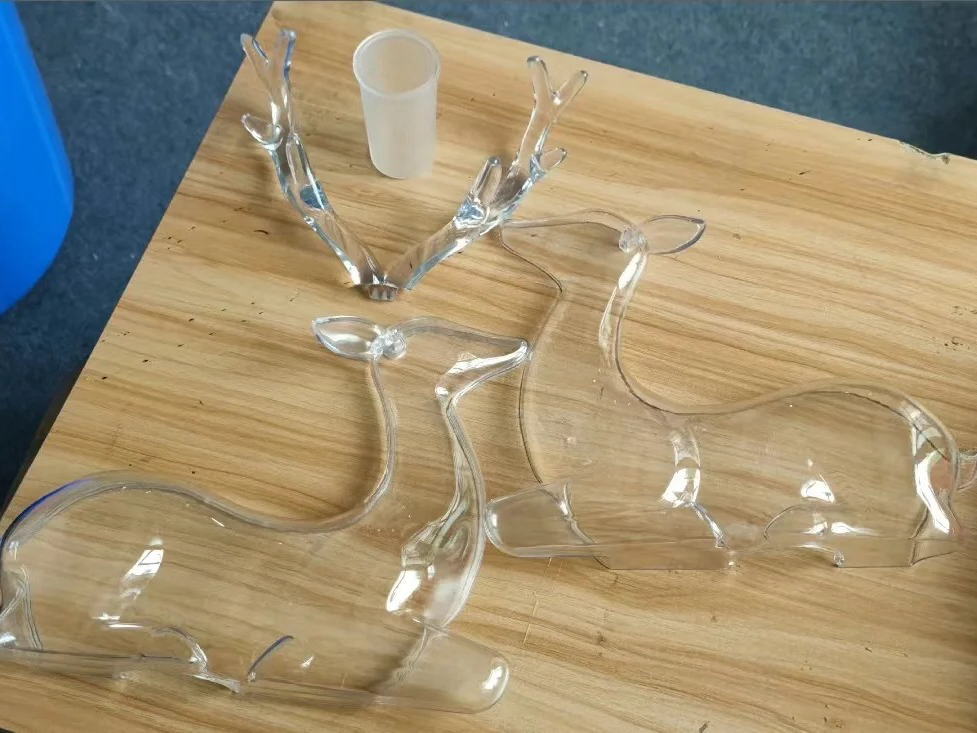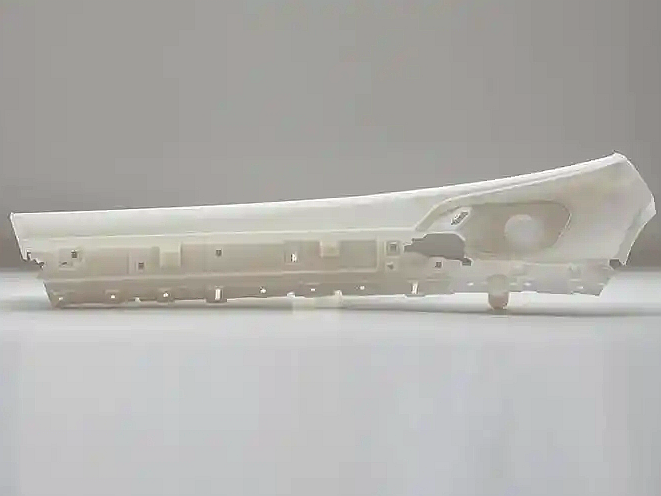Flexible Resins
Introduction to Flexible Resins for 3D Printing
Flexible resins are elastomeric photopolymers designed to replicate the properties of rubber or soft silicone. They offer excellent elongation, tear strength, and surface flexibility—ideal for seals, gaskets, wearables, vibration dampeners, and ergonomic components.
Stereolithography (SLA) and Digital Light Processing (DLP) are used to print flexible resins with ±0.05 mm accuracy, enabling production of soft, tactile, and bendable components with fine detail.
International Equivalent Grades of Flexible Resin
Grade Type | Resin Code | Application Examples |
|---|---|---|
Flexible Resin | Flexible 80A | Dampeners, soft grips, masks |
Elastic Resin | Elastic 50A | Stretchable parts, wearables |
ISO Standard | ISO 37 | Elastomer tensile properties |
ASTM Standard | D2240 | Shore hardness classification |
Comprehensive Properties of Flexible Resins
Property Category | Property | Value |
|---|---|---|
Physical | Density | 1.10–1.15 g/cm³ |
Shore Hardness | 50A–80A | |
Mechanical | Tensile Strength | 7–12 MPa |
Elongation at Break | 160–300% | |
Tear Strength | 20–35 kN/m | |
Compression Set | <20% |
Suitable 3D Printing Processes for Flexible Resins
Process | Typical Density Achieved | Surface Roughness (Ra) | Dimensional Accuracy | Application Highlights |
|---|---|---|---|---|
≥99% | 4–6 µm | ±0.05 mm | Best for tactile grips, medical wearables, and ergonomic prototypes | |
≥99% | 4–8 µm | ±0.05 mm | Ideal for thin-wall gaskets, shock absorbers, and silicone-like designs |
Selection Criteria for Flexible Resin 3D Printing
Hardness Selection (Shore A): Choose based on application: 50A for stretchable parts, 80A for grips and seals. Select based on tactile requirements and flexibility.
Elongation and Recovery: Flexible resins stretch up to 300% with full rebound, supporting dynamic loads and repetitive deformation.
Design for Compliance: Use thin walls, ribs, and lattice patterns to control stiffness and distribute stress in flexing zones.
Post-Cure Behavior: Mechanical performance improves after UV post-curing. Some stiffening may occur; verify design intent accordingly.
Essential Post-Processing Methods for Flexible Resin Parts
UV Post-Curing: Cure at 405 nm for 30–60 minutes to optimize tear strength, flexibility, and shape recovery.
IPA Cleaning and Support Removal: Wash with isopropyl alcohol and trim flexible supports manually; avoid excessive force to preserve geometry.
Light Tumbling or Brushing: Smooths edges and improves surface texture for skin-contact or wearable use cases.
Bonding or Overmolding: Use silicone adhesives or mechanical keys to integrate flexible parts into hybrid assemblies.
Challenges and Solutions in Flexible Resin 3D Printing
Support Removal Without Deformation: Design self-supporting geometries or use minimal support contact to preserve thin-wall flexibility.
Print Orientation Impact: Print vertically or on edge to control build direction strength and minimize surface deformation.
Moisture and UV Degradation: Store parts away from UV and humidity to avoid tackiness or yellowing; use coatings for outdoor protection.
Applications and Industry Case Studies
Flexible resin is widely used in:
Wearables & Medical Devices: Ear seals, strap components, masks, and skin-contact prototypes.
Consumer Products: Grips, buttons, enclosures with flex zones, and bumpers.
Industrial Equipment: Grommets, seals, vibration absorbers, and impact buffers.
Prototyping: Function-testing rubber-like components or soft-touch interface simulations.
Case Study: A consumer electronics client 3D printed button membranes in Flexible 80A resin via SLA. After curing, parts delivered ±0.05 mm tolerance and survived 50,000 actuation cycles in tactile testing.
Frequently Asked Questions (FAQs)
What Shore A hardness options are available for flexible resin 3D prints?
Can flexible resin parts withstand repetitive deformation and compression?
What design considerations are important for gaskets or stretchable geometries?
How does flexible resin compare with TPU in durability and flexibility?
What are the post-curing and storage requirements for flexible resin components?



